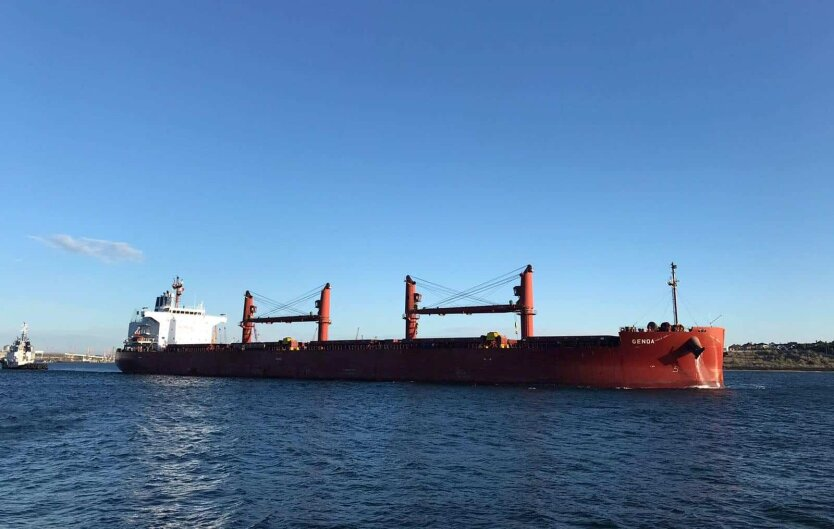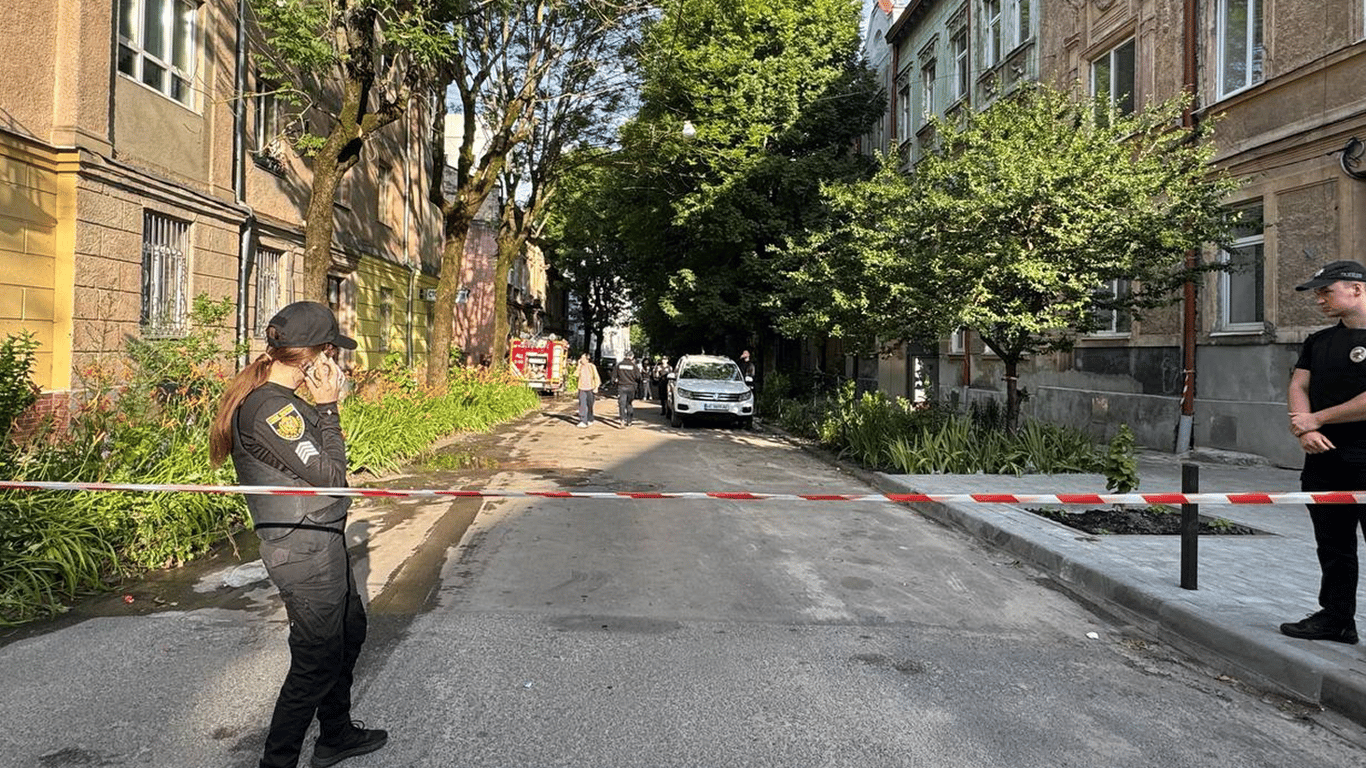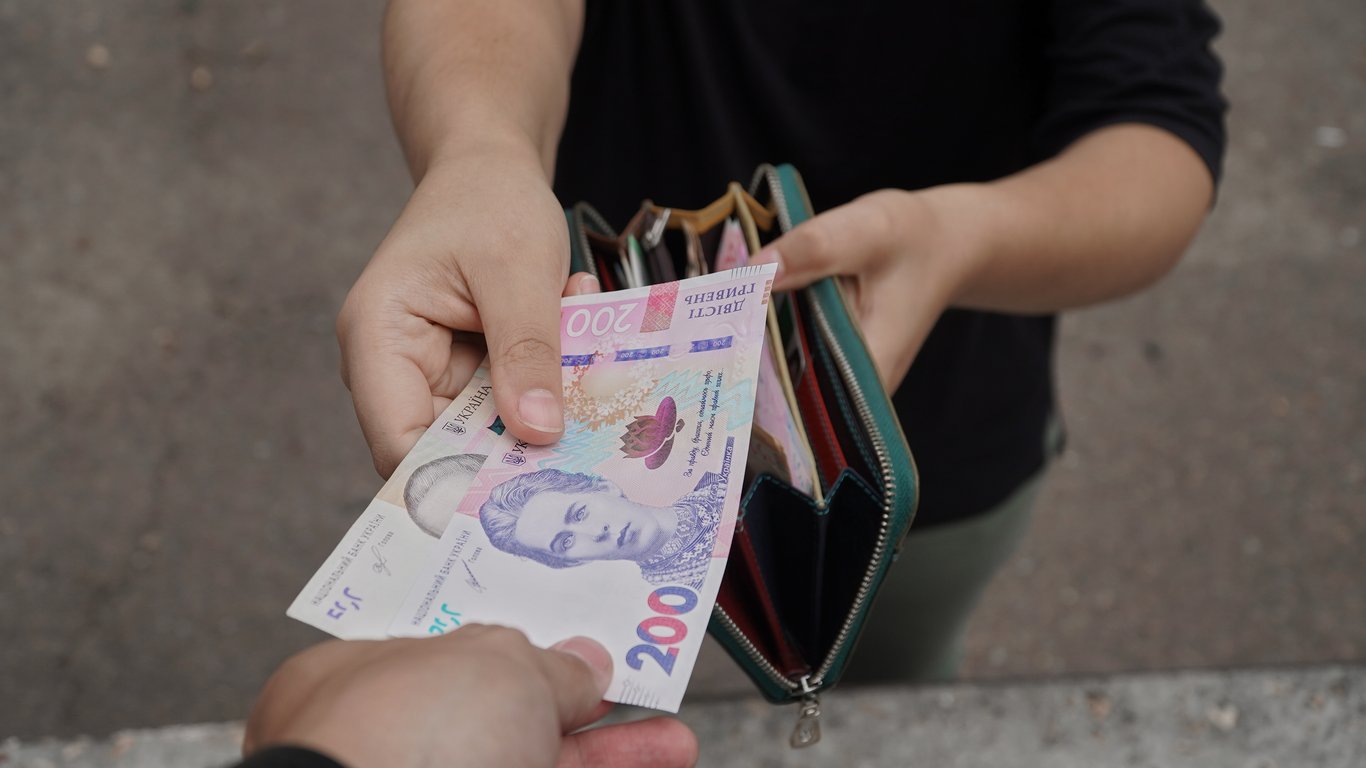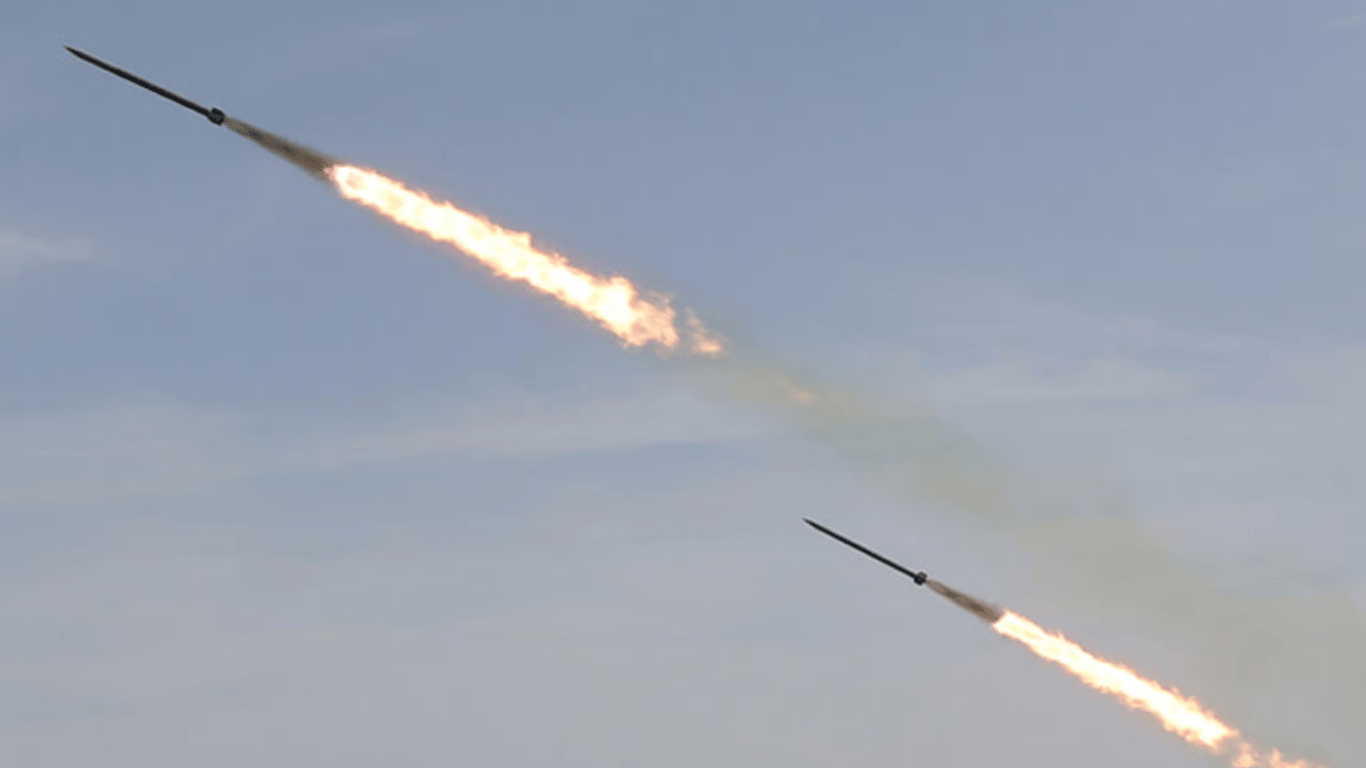The Navy spoke about the work of the grain corridor and the enemy's activity at sea.
08.11.2024
2335

Journalist
Shostal Oleksandr
08.11.2024
2335

The grain corridor of Odesa operates in normal mode and has not been subjected to enemy missile attacks, reported the spokesperson of the Ukrainian Navy, Dmytro Pletenchuk.
As you can see, the situation here also remains unchanged. Now, one can observe such a pause - there is no use of missile weaponry against port infrastructure, but before that, as you know, they (the Russian Federation - ed.) used missile weaponry, drones, and air-launched missiles, specifically Iskander-M operational-tactical missile systems, to strike the ports of Greater Odesa
Pletenchuk noted that Russia wants to create the impression that its attacks were directed at military infrastructure, but this is not true.
No military infrastructure, of course, was hit because there is simply none. The strikes were made against the quay fronts of the ports of Greater Odesa. Unfortunately, there were casualties, all of whom are civilians. Some foreign ships were also partially damaged, which indicates that the Russian dictator is not stopping at involving third countries in the war. Because all ships flying the flags of these countries are considered the territory of these countries under international law
According to Pletenchuk, the grain corridor continues to operate, and the Ukrainian Navy ensures its safety.
The Ukrainian grain corridor continues to operate. Since it began operating in its current form, it has been used by over three thousand ships for exit. Thus, its stable operation continues. In turn, the Navy fulfills its tasks in full, which allows safe navigation in our territorial waters
Pletenchuk emphasized that the main goods exported through the grain corridor are grains and other agri-industrial products. Among the active users of the corridor, China and Spain are the most prominent.
Read also
- Pension Indexation — What Changes Ukrainians Were Warned About
- Consequences of the Shelling of Lviv – Kozytskyi Informed About New Details
- The TCK is accused of the death of a Hungarian citizen - comment from the Land Forces
- Internally Displaced Persons have updated pension acquisition rules - what has changed
- The route of drones and missiles last night - a map was shown online
- Strike on Bukovina — due to the attack by the Russian Federation, there are casualties and injuries









